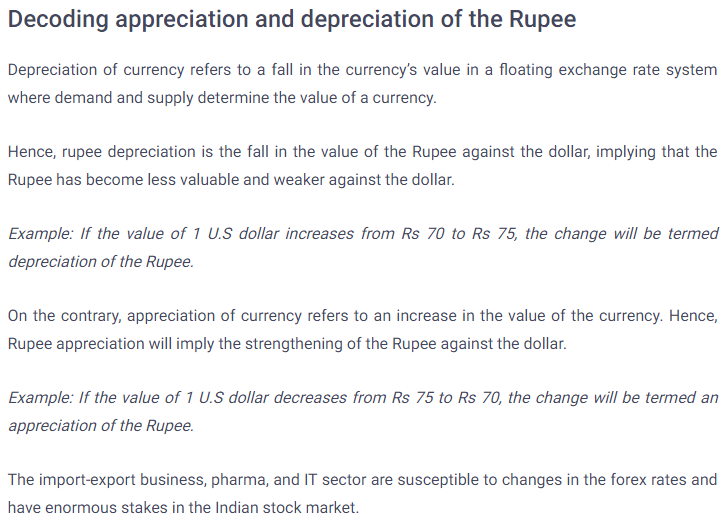Free Courses Sale ends Soon, Get It Now


Free Courses Sale ends Soon, Get It Now



Disclaimer: Copyright infringement not intended.
Context

The concept of Rupee Depreciation
Current Scenario
Why is the dollar strengthening?
The falling Rupee
Why Rupee is Falling?
Impact Of Weakening Rupee
Way Ahead
© 2024 iasgyan. All right reserved